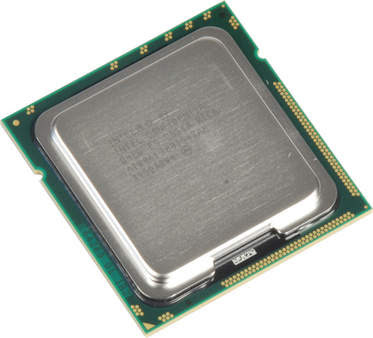
Intel: Turbo Boost
Intel's implementation works best on processors with a lot of scalability inherent to their design, as Turbo Boost covers much broader clock speed ranges. For example, the new six-core "Gulftown," Core i7-980X, is already running close to its thermal ceiling under load. Thus, it's limited to a 266 MHz boost with a single core active, and a modest 133 MHz bump when two or more cores are active. Knowing that Intel’s overclocking headroom is sizable, this is really a pity for enthusiasts. After all, the Phenom II X6 can speed up three cores by up to 400 MHz using a 45 nm process.
Intel’s power gate transistors facilitate cutting power to individual cores. This allows the processor to actually disengage those cores from the overall power envelope, consequently "buying" the overhead needed to increase the remaining cores’ clock speed. The premise here is that fewer cores can run at higher clock speeds before they reach the same thermal output.
While AMD basically reduces clock speed and voltage for inactive cores, Intel can physically shut them down. In theory, this should result in lower power consumption and, paired with the ability to dynamically scale one or more cores up or down, a better overall performance result.
Intel has another advantage that should be mentioned. While AMD's six-core processors access 6 MB of shared L3 cache, Intel's architecture currently offers a massive 12 MB repository. If you switch off individual cores, the remaining active processing units can still access the full 12 MB L3. This should provide advantages for applications that work with limited data and use few threads.
Intel’s power gate transistors facilitate cutting power to individual cores. This allows the processor to actually disengage those cores from the overall power envelope, consequently "buying" the overhead needed to increase the remaining cores’ clock speed. The premise here is that fewer cores can run at higher clock speeds before they reach the same thermal output.
While AMD basically reduces clock speed and voltage for inactive cores, Intel can physically shut them down. In theory, this should result in lower power consumption and, paired with the ability to dynamically scale one or more cores up or down, a better overall performance result.
Intel has another advantage that should be mentioned. While AMD's six-core processors access 6 MB of shared L3 cache, Intel's architecture currently offers a massive 12 MB repository. If you switch off individual cores, the remaining active processing units can still access the full 12 MB L3. This should provide advantages for applications that work with limited data and use few threads.